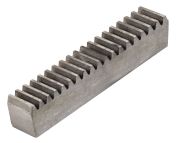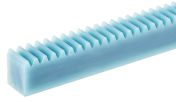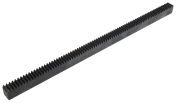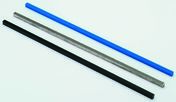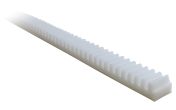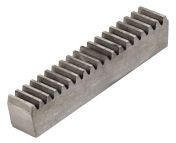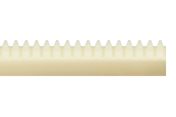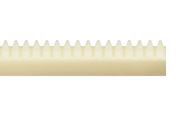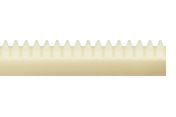Gear Racks
A gear rack is a mechanical component that forms part of a linear actuator, which transfers rotational movement into linear movement. Gear racks work in conjunction with pinions (circular gears) to create vertical and horizontal movement, for example, in lifting equipment. Both the gear rack and the pinion have teeth cut into them. Applying rotational movement to the pinion causes its teeth to interact with the teeth on the straight gear rack, creating linear movement.
In addition, gear rack rails and fixing kits offer a quick and easy installation solution, allowing gear racks to be used in a wide range of applications.
What are gear racks used for?
Gear racks are important for applications where shaft rotation is done by hand or a motor. They are also used to control valves in pipeline transport. Apart from usage in lifting mechanisms, gear racks can help directional change. They provide rigidness coupled with responsiveness for increased control, which is ideal for steering systems.
Their main advantages are:
- Simple design
- Significant load carrying capacity
- Unlimited length design capabilities
Types of gear racks
Conveying systems use fixed racks, where the rack and pinion are joined with straight or helical teeth and the rack remains stationary. Extrusion systems make use of moving racks, which rotate around the gear, supported by roller mechanisms.

